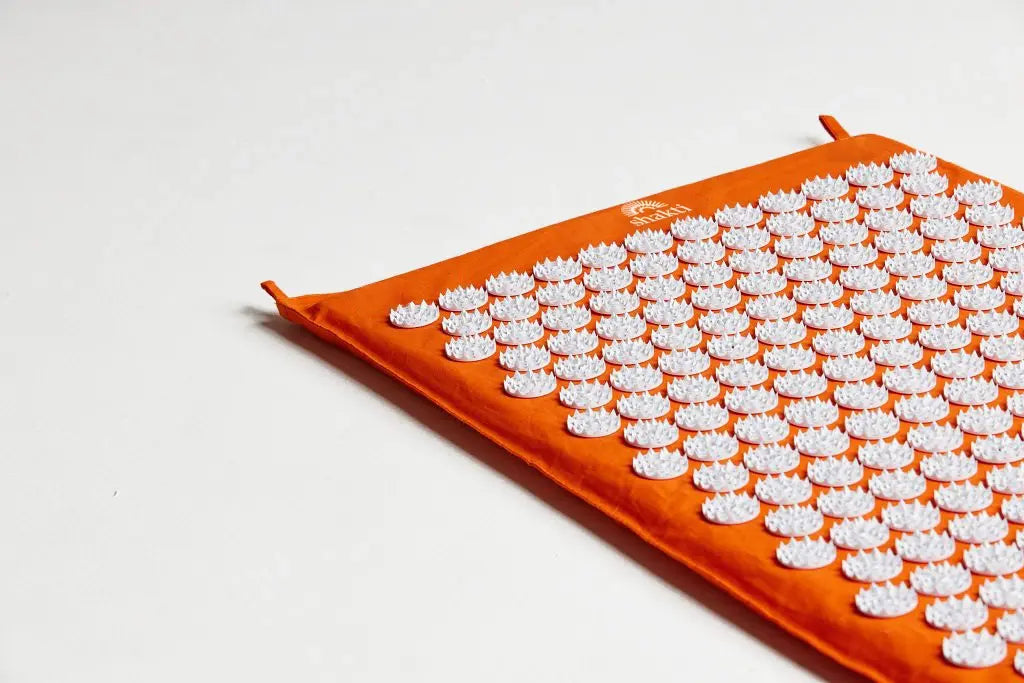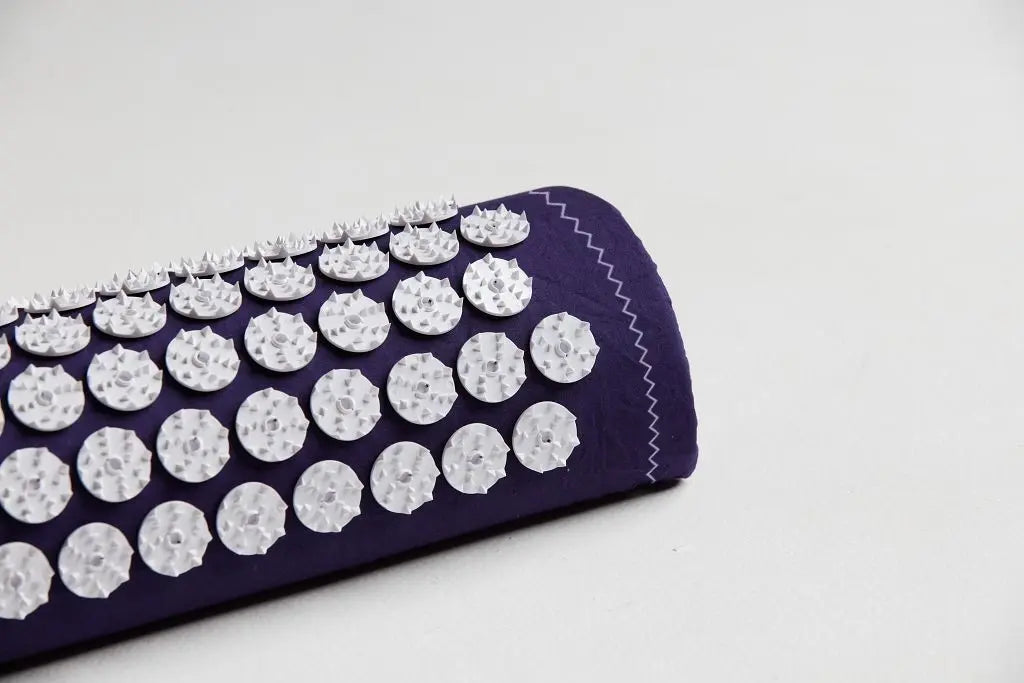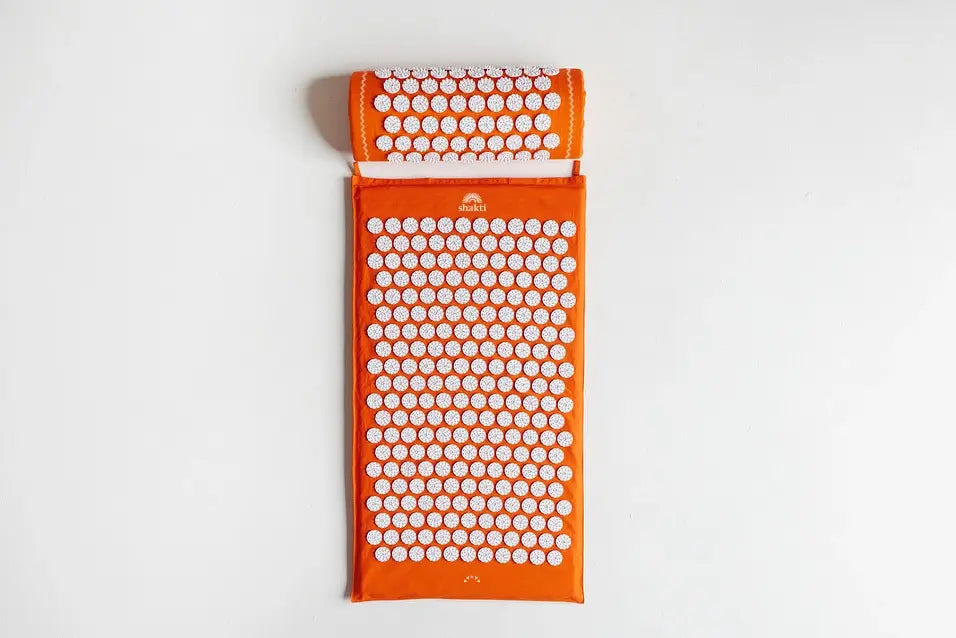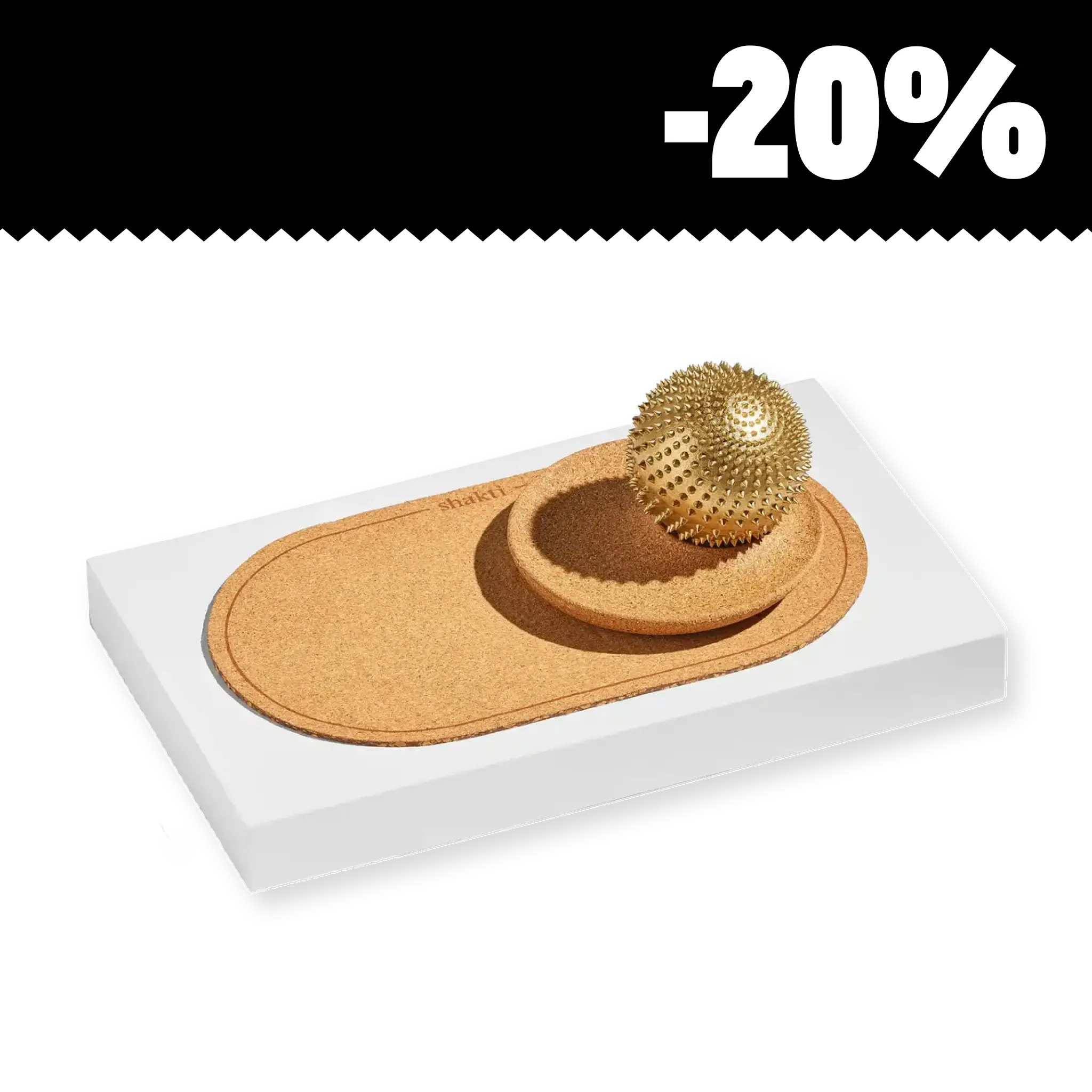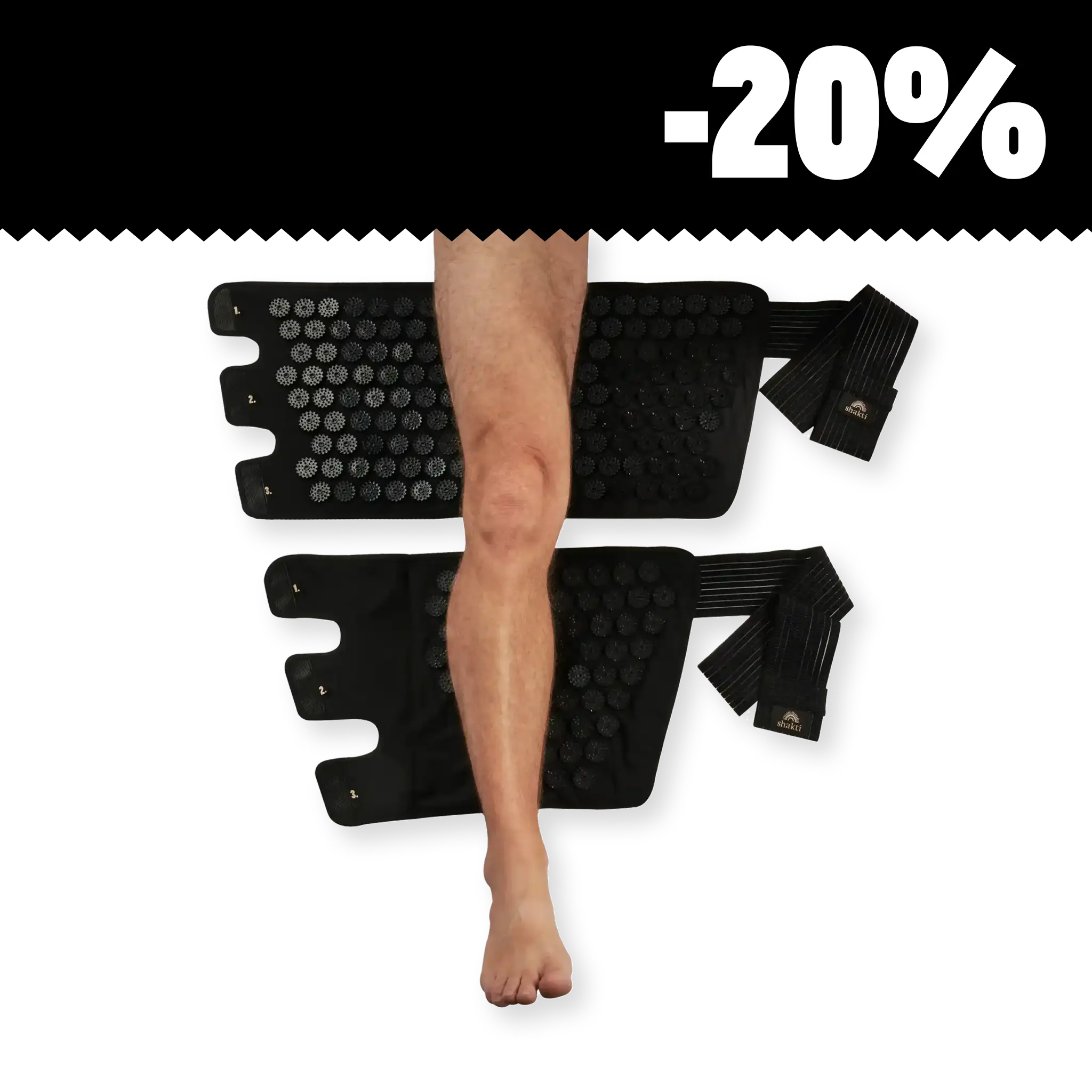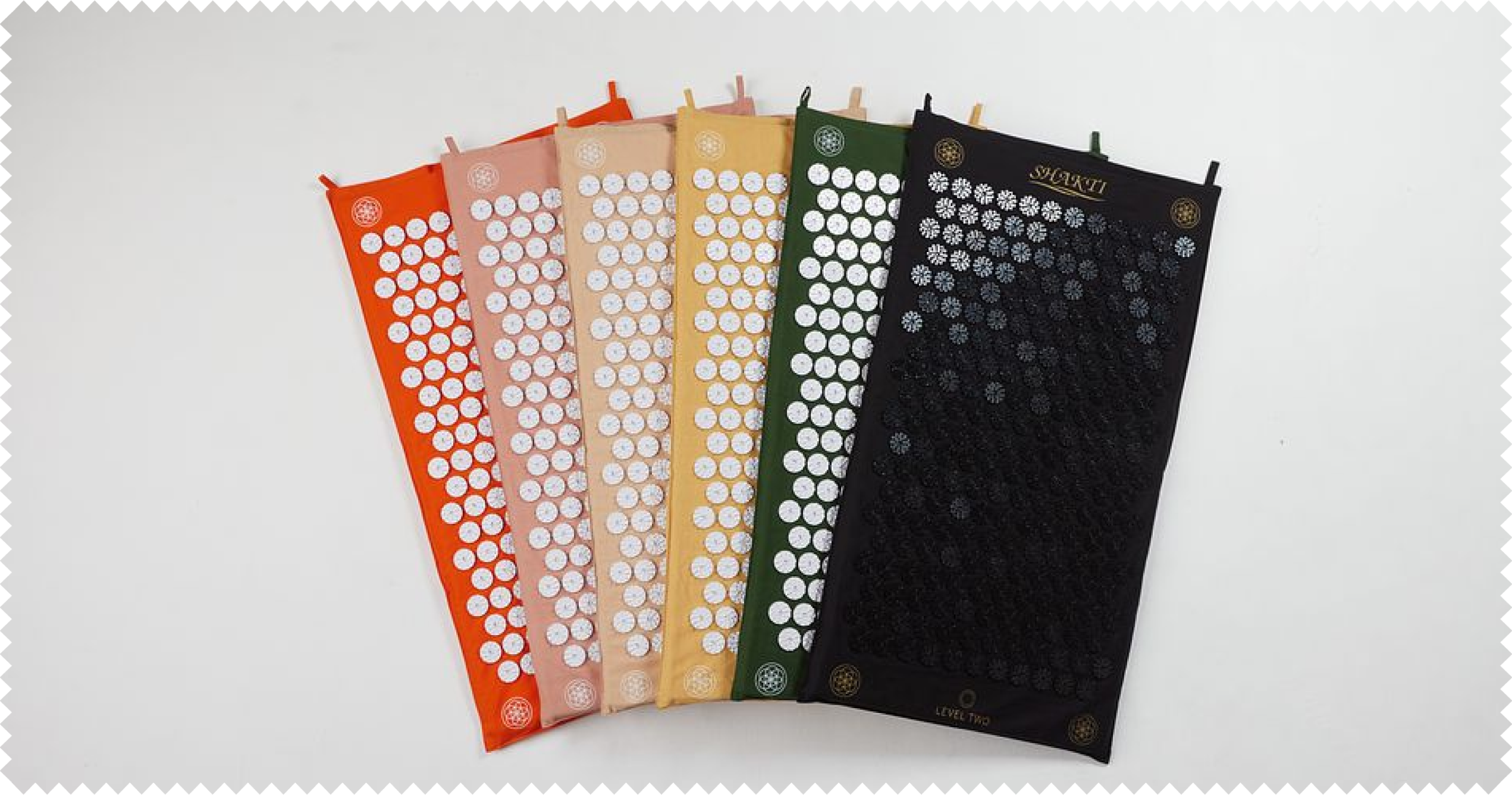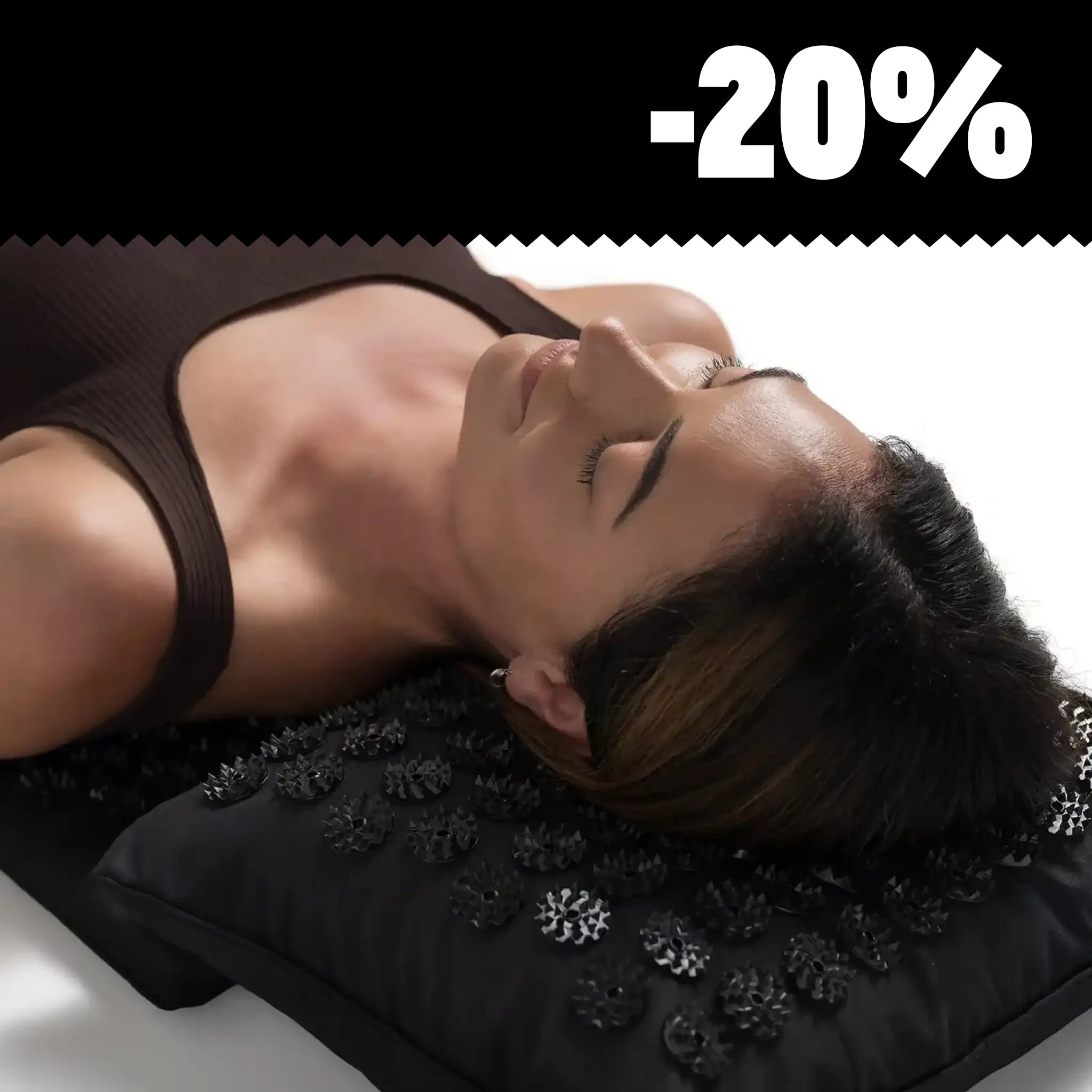Anyone who sits a lot in everyday life or often sleeps badly suffers from neck tension time and again. Neck tension is usually accompanied by other pain symptoms such as headaches, back pain or muscle tension. The symptoms are usually similar: a stiff neck or unpleasant neck pain that severely limits mobility in the neck and head area. In this article, we will explain how you can relieve your neck tension. In addition, we will also show you which preventive measures are helpful against neck tension.
Content
1. common causes of neck tension
2 What to do if you have neck tension? You can relieve your neck tension with these exercises
3. relieve neck tension with home remedies
4. relieve neck tension and take preventive measures
5. digression: Where does cell phone neck come from?
6. release the neck tension and do not leave it untreated
Common causes of neck tension
- Adhesive fascia: The human musculature is surrounded by so-called fasciae. Fascia is a net-like connective tissue that is characterized by elasticity and thus makes the body flexible. As soon as the fasciae stick together due to lack of movement or stress, they cause pain in the shoulder, back or neck area.
- Too little movement: The thoracic spine is naturally very active - but if it is not moving enough, the cervical spine, which is actually inactive, has to do significantly more work. This in turn means that the muscles are constantly under tension and harden due to overloading. The consequences: A stiff neck or unpleasant neck tension. In this context, people are often affected by neck tension due to too much screen time. More movement in everyday life and regular exercise can help.
- Stress factors: If you are constantly under stress, you force your body to perform at its best every day. The tension causes the muscles to cramp and neck and shoulder tension quickly becomes noticeable. The core problem: in combination with stress, this can lead to serious health problems. Stress reduction is the key word here - taking regular breaks and keeping calm in stressful situations can already improve the general circumstances.
- The sleeping position: Is muscle tension in the neck area noticeable, especially after waking up? Then the tense neck muscles are probably due to a poor or unfavorable sleeping position. If the cervical spine is not sufficiently supported when lying down, the neck muscles have to correct the inadequate posture. This is often caused by an incorrect Pillow that does not cushion unfavorable lying positions.
What to do for neck tension? With these exercises you can relieve your neck tension
Mobilize your muscles and integrate gentle stretching exercises into your daily routine. This prevents the muscles from hardening in the first place. Accompanying exercises can work as a first aid to combat acute symptoms - but they are no guarantee to permanently relieve neck tension. You can relieve neck tension with the following exercises:
Exercise 1: Stretch trapezius muscle and neck
The stretching exercise can help relieve the tense neck. In addition, the neck muscles are strengthened, which has a positive effect on the overall mobility of the cervical spine.
How to stretch your neck properly: Stand up straight. Tilt your head as far as possible to the right side until you feel a slight pull in the left side of your neck. If you bend your left hand and stretch it down towards the floor, you can increase the positive effect of this stretching exercise. Now you can also tilt your head with your right hand to feel the stretching effect more intensely. Hold the position for at least 20 seconds. Then switch sides and repeat the process.
Important: proceed slowly and carefully. Jerky movements are not helpful during a stretching exercise.
Exercise 2: Release neck tension with the Shakti Mat
Ideally, you should have the Shakti Pillow to use as a headrest. Alternatively, you can also use a rolled-up Shakti Mat. Place the Pillow behind the mat and sit with your sitting bones at the bottom edge of the mat. Now place the tips of your feet on the mat, inhale and, as you exhale, place your hands next to your hips and slowly roll your lower back onto the Shakti mat. Once you have assumed the lying position, you can move your heels closer to your hips and stretch your arms out to the sides of your body. Stay in this position for a few minutes. As a variation, you can slowly turn your head to the right side so that your ear is resting gently. You can also stay in this position for up to 20 minutes before repeating the process on the left side. Remember: after around five minutes, the pain stops. So it's worth persevering.
Here you can see the Shakti Mat exercises against neck tension in the video:
Release neck tension with home remedies
Heat treatment is one of the most popular methods of relieving neck tension. The hot water bottle is difficult to place on the neck - a grain pillow, on the other hand, can work well. Grain pillows are available in different designs and most models are microwave-safe. Electric massagers are an alternative. Rotating balls or infrared heat work on the painful areas. The practical thing is that massagers can reach places where your hands or fingers cannot. With most devices, the pressure and speed can be adjusted manually. Another classic to relieve neck tension is Tiger Balm. The ingredients it contains, such as cajeput, menthol, camphor, peppermint and clove, have a very pleasant aroma. Tiger Balsam warms the skin, which stimulates blood circulation and relaxes the neck muscles. The relaxation of the muscles in turn helps to relieve neck tension.
Release neck tension and take preventive measures
A visit to the doctor is usually necessary when it is already too late for exercises and preventive measures. There are several ways to relieve neck pain or loosen neck muscles. Consider the following tips and tricks in your everyday life to relieve neck tension without a doctor's visit:
- Do sport and exercise regularly. Cycling, yoga or swimming prevent neck pain.
- Work specifically to build strong back and abdominal muscles.
- Always make sure you have a healthy posture - especially while working.
- Prevent one-sided carrying of heavy objects and jerky movements.
Excursus: Where does the cell phone neck come from?
As soon as you bend your cervical spine, great forces act on your neck. And the further you lower your head, the greater the strain. Looking at your cell phone adds another 13 kilograms to the general head weight of between four and six kilograms. In the meantime, the so-called cell phone neck is already showing in the skeleton of many people - especially in the young population under 30. Scientists have already discovered a bony spine below the skull. This arises in order to withstand the greater strain on the neck muscles.
This fact makes it clear that constantly looking at displays is unnatural for the body. The shoulder and neck muscles are permanently strained. According to this, even young people can suffer from unpleasant neck pain if the time spent looking at the display is above average.
Prevent cell phone neck
What to do when the cell phone is part of your daily work routine and you can't avoid looking at it all the time? There are some tips and tricks on how to stay away from the typical symptoms of cell phone neck:
- Change your posture and position as often as possible while typing. Stretch yourself again and again and also work standing up or lying down.
- If you do a lot of screen work, make sure the screen is positioned at eye level.
- A height-adjustable holder for the computer or tablet relieves both neck and shoulders.
- Ideally, you always get up and walk a few meters. For example, during a phone call.
- Take a short break after about 45 minutes of screen time.
Release the neck tension and do not leave it untreated
At the first sign of neck tension, you should act immediately. Perform the stretching exercises described or use acupressure or the Shakti Mat to relieve your neck tension. It is also advisable to think about the causes of the tension symptoms. If it is clear that the neck tension is due to lying down incorrectly or too much screen time, you can react accordingly. Of course, you can also use the home remedies described (e.g. tiger balm or grain pillows) to relieve the neck tension. Basically, the longer your neck tension persists, the greater the risk of developing chronic pain. It pays to be active quickly.



